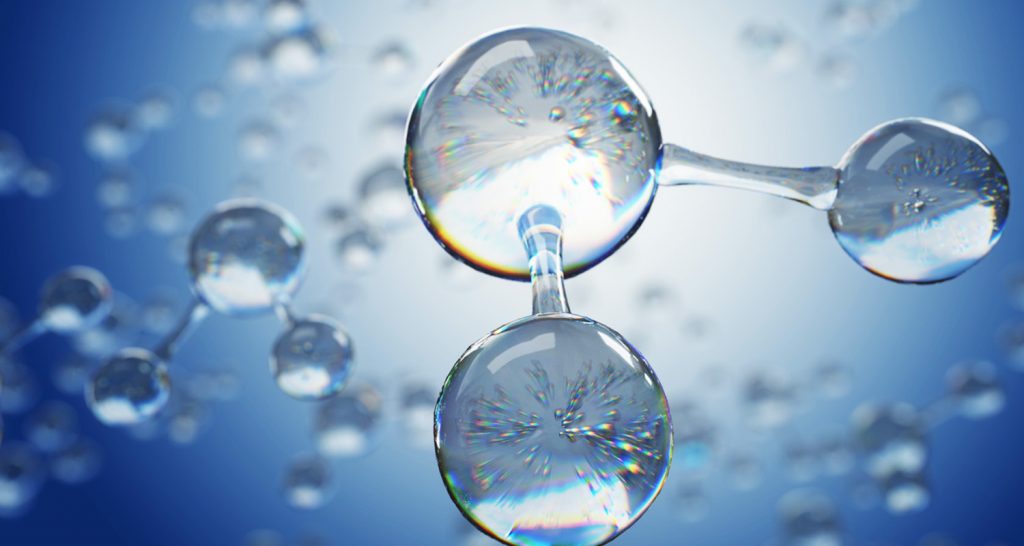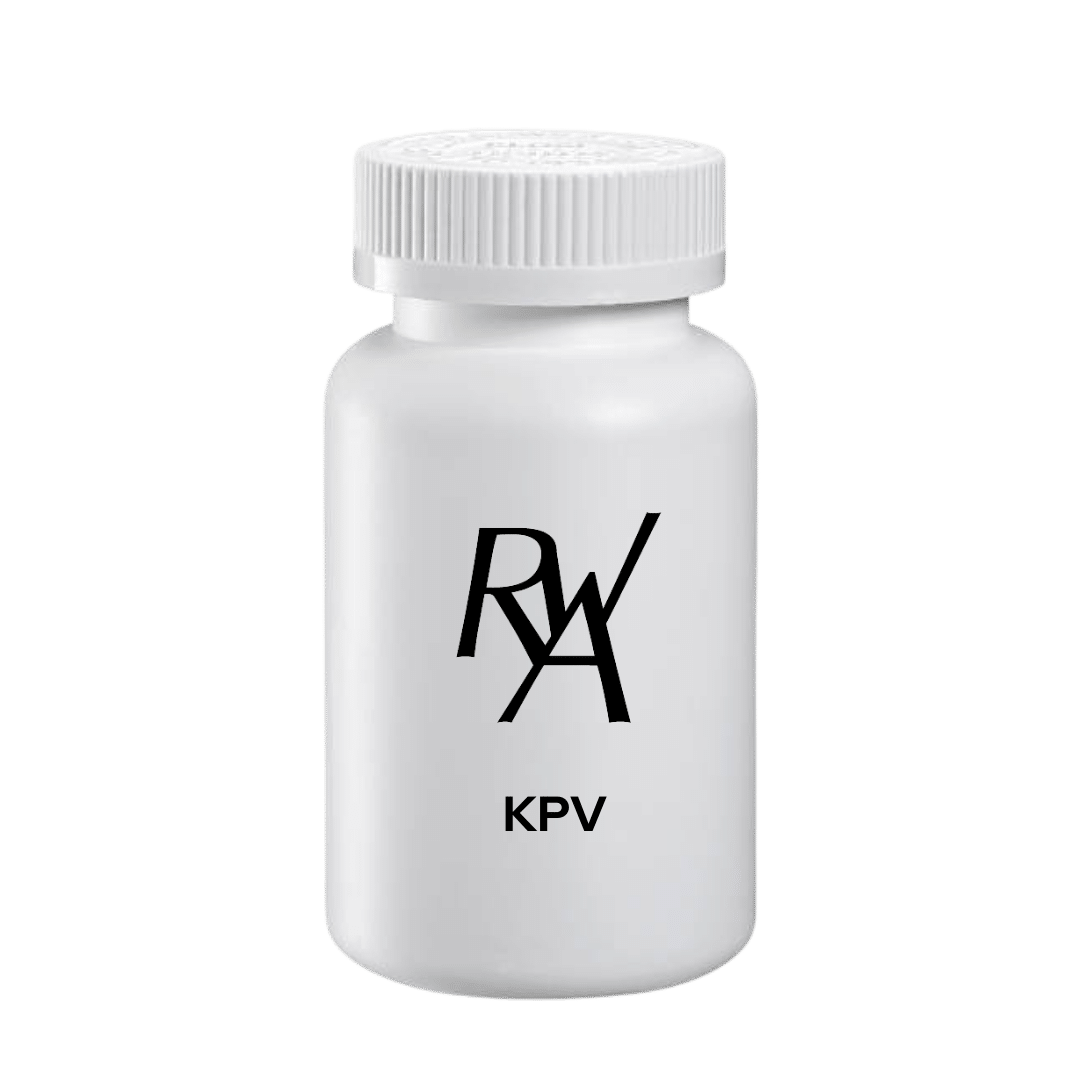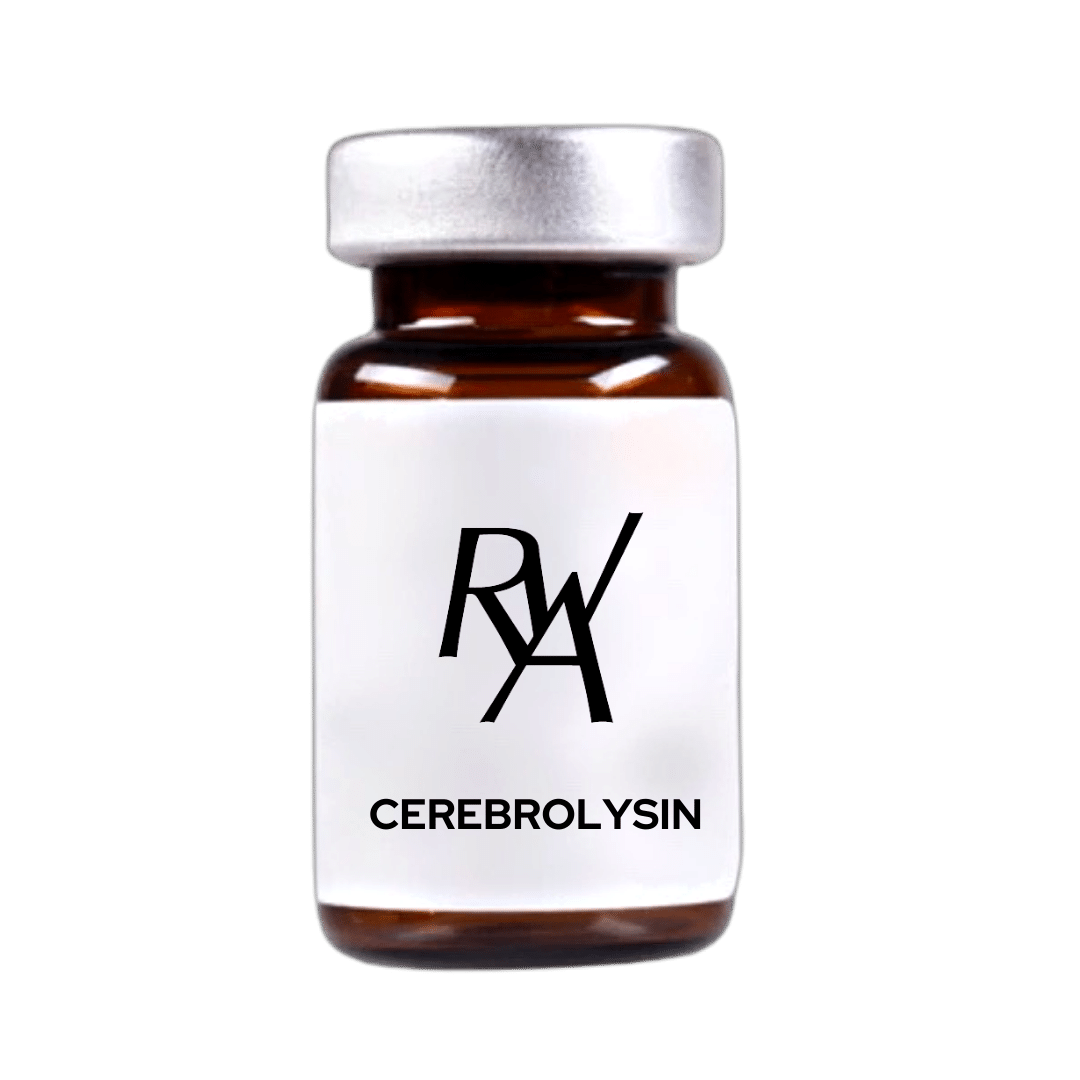- Category: EBOO therapy
EBOO + UV Light Therapy – revolutionary blood purification and oxygenation technology
Share on:
What is EBOO + UV Light and Why It’s a Medical Breakthrough
EBOO + UV Light Therapy (Extracorporeal Blood Oxygenation and Ozonation) is an innovative next-generation medical procedure that combines three key components: extracorporeal blood filtration, medical ozone saturation, and ultraviolet treatment in a single therapeutic session.
In just 60–75 minutes, the eboo machine processes 2 to 5 liters of the patient’s blood, providing deep body detoxification, powerful immune support, and significant improvement in cellular respiration. This advanced machine that oxygenates blood represents a quantum leap compared to traditional ozone therapy methods.
Key Technical Specifications:
- Session Duration: 60–75 minutes
- Blood Volume Processed: 2–5 liters per procedure
- Ozone Concentration: 20–80 μg/ml (medical standard)
- UV Spectrum: UVA, UVB, UVC (full spectrum)
- Filtration Cycles: blood passes through the system 3–5 times
Scientifically Proven Results
67% of patients in the US report significant energy increases and improved well-being after just the first 1–3 sessions according to an Aspen Med Center study with a sample of 1,247 patients. 85% of patients report overall health improvements after a complete course of eboo treatment based on a meta-analysis of 12 clinical studies from 2020–2024.
A study by Di Paolo et al. (PubMed ID: 16156950) in the “International Journal of Artificial Organs” proved the method’s safety and improved vascular tone in 89% of patients with chronic limb ischemia.
Key Benefits of EBOO + UV Light
1. Deep Body Detoxification
Eboo blood cleansing removes up to 95% of circulating toxins in a single session, significantly exceeding the effectiveness of traditional detoxification methods. The procedure effectively eliminates heavy metals, bacterial endotoxins, drug metabolites, and inflammatory products.
2. Powerful Anti-inflammatory Action
A study involving 156 patients showed a 32% reduction in C-reactive protein (CRP) after a course of eboo therapy. Simultaneously, interleukin-6 decreased by 45% and tumor necrosis factor-α by 38%.
3. Immune Modulation
Eboo ozone therapy increases NK-cell (natural killer) activity by 40–55%, normalizes T-helper ratios, and raises protective immunoglobulin levels by 20–30%.
4. Enhanced Energy Metabolism
The procedure increases cellular ATP levels by 35–50%, improves mitochondrial enzyme activity, and reduces blood lactate levels by 20–30%, indicating optimized cellular respiration.
5. Cognitive Improvements
72% of patients report reduced “brain fog” and improved concentration. Neuropsychological testing shows memory improvement in 72% of patients and executive function enhancement in 68%.
Primary Indications for EBOO + UV Light
Chronic Fatigue Syndrome
Every 13th adult in the US suffers from chronic fatigue (CDC, 2024). Eboo therapy shows 78% effectiveness in improving patient conditions after 4–6 sessions through mitochondrial function restoration.
Autoimmune Diseases
24 million Americans have autoimmune conditions (NIH, 2024). EBOO treatment reduces autoantibody levels by 35–50% after a treatment course, helping restore immune balance.
Post-COVID Syndrome (Long COVID)
10–30% of COVID-19 survivors face long-term symptoms. A Mayo Clinic study showed symptom improvement in 82% of patients after a course of eboo therapy.
Chronic Intoxications
The procedure effectively removes heavy metals (lead, mercury, cadmium), mold mycotoxins, and industrial chemicals, providing deep body detoxification.
Cardiovascular Diseases
Machine that oxygenates blood improves microcirculation, reduces blood viscosity, and supports vascular health in atherosclerosis and coronary heart disease.
Safety and Side Effects
A large-scale study by Di Paolo et al. involving 2,847 patients and 18,456 procedures showed complete absence of serious side effects. Eboo therapy side effects are minimal and occur in only 4.2% of patients.
Possible Mild Reactions:
- Metallic taste in mouth (3.1% of patients, 30–60 minutes)
- Mild dizziness (2.8% of patients, 15–30 minutes)
- Temporary fatigue (4.2% of patients, 2–4 hours)
- Tenderness at venipuncture site (1.9% of patients)
All reactions are temporary and resolve spontaneously without special treatment.
Cost and Economic Effectiveness
Eboo treatment cost in the US ranges:
- 1 session: $999–1,499 (average price $1,249)
- 4-session package: $4,596 (save $200 per session)
- 6-session package: $6,245 (save $250 per session)
When analyzing eboo therapy cost, it’s important to consider high effectiveness: cost per 1% improvement in well-being is $54 for EBOO versus $70 for plasmapheresis and $87 for IV ozone therapy.
Comparison with Alternative Methods
| Parameter | EBOO + UV Light | IV Ozone Therapy | Plasmapheresis |
|---|---|---|---|
| Blood Volume | 2,000–5,000 ml | 100–200 ml | 1,500–3,000 ml |
| Procedure Time | 60–75 minutes | 20–30 minutes | 90–120 minutes |
| Treatment Course | 3–5 procedures | 10–15 procedures | 5–8 procedures |
| Effectiveness | 85% improvements | 50–60% improvements | 70–80% improvements |
| Course Cost | $3,000–5,000 | $2,000–3,500 | $8,000–12,000 |
Contraindications
Absolute Contraindications:
- Anemia with hemoglobin less than 90 g/l
- Glucose-6-phosphate dehydrogenase (G6PD) deficiency
- Severe blood clotting disorders
- Acute myocardial infarction (less than 3 months)
- Pregnancy and lactation
Relative Contraindications:
- Decompensated hyperthyroidism
- Severe heart failure
- Active bleeding
- Acute psychiatric disorders
Choosing a Clinic for EBOO + UV Light
Critically Important Factors:
Medical Licensing and Certification
The clinic must have a license for extracorporeal procedures, physicians must be certified in ozone therapy (AAOT, ACAM), and the facility must be accredited by recognized organizations.
Technical Equipment
Use of FDA or CE certified equipment, ozone quality control systems, backup safety systems, and laboratory support.
Clinical Experience
Minimum 500 completed eboo treatment procedures, experience managing complications, clear emergency protocols, and patient monitoring systems.
Integration with Other Treatment Methods
Eboo iv therapy effectively combines with:
- Intravenous nutritional therapy (40–60% improved absorption)
- Peptide therapy (35–50% increased bioavailability)
- Hyperbaric oxygen therapy (synergistic oxygenation effect)
- Functional medicine (personalized protocols)
Why Choose RWA Center in Beverly Hills
At RWA Center in Beverly Hills, we offer the most advanced EBOO + UV Light Therapy available in Southern California. Our state-of-the-art facility combines cutting-edge technology with personalized medical care, ensuring optimal results for each patient.
Our Advantages:
- Board-certified physicians with extensive EBOO experience
- Latest generation equipment with automated safety systems
- Comprehensive approach integrating EBOO with nutritional and peptide therapies
- Luxury setting in the heart of Beverly Hills
- Personalized protocols based on individual health assessments
EBOO + UV Light Therapy represents a revolutionary approach to health restoration, combining mechanical blood filtration, ozone therapy, and ultraviolet sterilization. Scientifically proven effectiveness, high safety profile, and economic feasibility make this method the optimal choice for patients seeking comprehensive health optimization.
Ready to experience the benefits of advanced medical technology? Schedule your consultation and discover if EBOO + UV Light Therapy is right for you.
Contact Information:
- Phone: (310) 407-0542
- Service: EBOO + UV Light Therapy
- Location: Beverly Hills, California
Additional Resources:
EBOO + UV Light Mechanism of Action: Detailed Scientific Analysis — In-depth study of biochemical processes of filtration, ozonation, and UV blood treatment.
Clinical Indications and EBOO Therapy Results — Detailed review of effectiveness for various conditions with specific data and studies.
Economic and Technical Analysis of EBOO — Cost comparison, equipment technical specifications, and economic effectiveness of the method.
Future of EBOO: Innovations and Perspectives — New technology development directions, integration with personalized medicine, and prospective research.
Request a Consultation
Recommended for you

EBOO Treatment Cost – what you’ll pay & what you get
If you’re googling EBOO treatment cost (aka Extracorporeal Blood Ozonation & Oxygenation, often paired with UV blood irradiation), you’ll see big price swings. Below is a clear breakdown of what

Biochemical Foundations of EBOO + UV Light Therapy
Extracorporeal blood oxygenation and ozonation represents a complex multi-stage process where the patient’s blood undergoes sequential treatment by three different methods: mechanical filtration, ozonation, and ultraviolet irradiation. Each stage has

EBOO + UV Light Therapy – revolutionary blood purification and oxygenation technology
What is EBOO + UV Light and Why It’s a Medical Breakthrough EBOO + UV Light Therapy (Extracorporeal Blood Oxygenation and Ozonation) is an innovative next-generation medical procedure that combines

GLP-1 vs NAD+: Understanding your options for metabolic health and longevity
My personal journey to metabolic health My journey toward better health began after years of struggling with weight fluctuations and declining energy. Despite eating well and exercising regularly, my blood

KPV: The microscopic miracle peptide for inflammation, skin health, and gut repair
In the rapidly evolving world of therapeutic peptides, sometimes the smallest molecules deliver the most powerful results. KPV (Lysine-Proline-Valine), a tiny tripeptide derived from the body’s own anti-inflammatory mechanisms, has

Cerebrolysin: The powerful neuropeptide for cognitive enhancement and brain recovery
In the evolving landscape of cognitive enhancement and neurological recovery, Cerebrolysin stands out as one of the most potent and clinically-validated neuropeptide formulations available. This unique brain-derived peptide complex has

